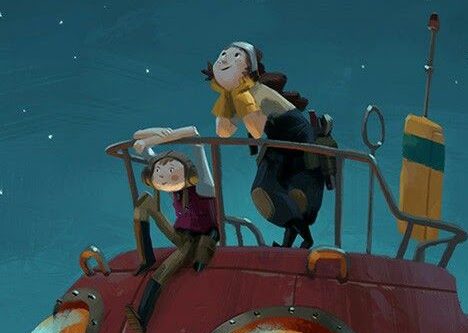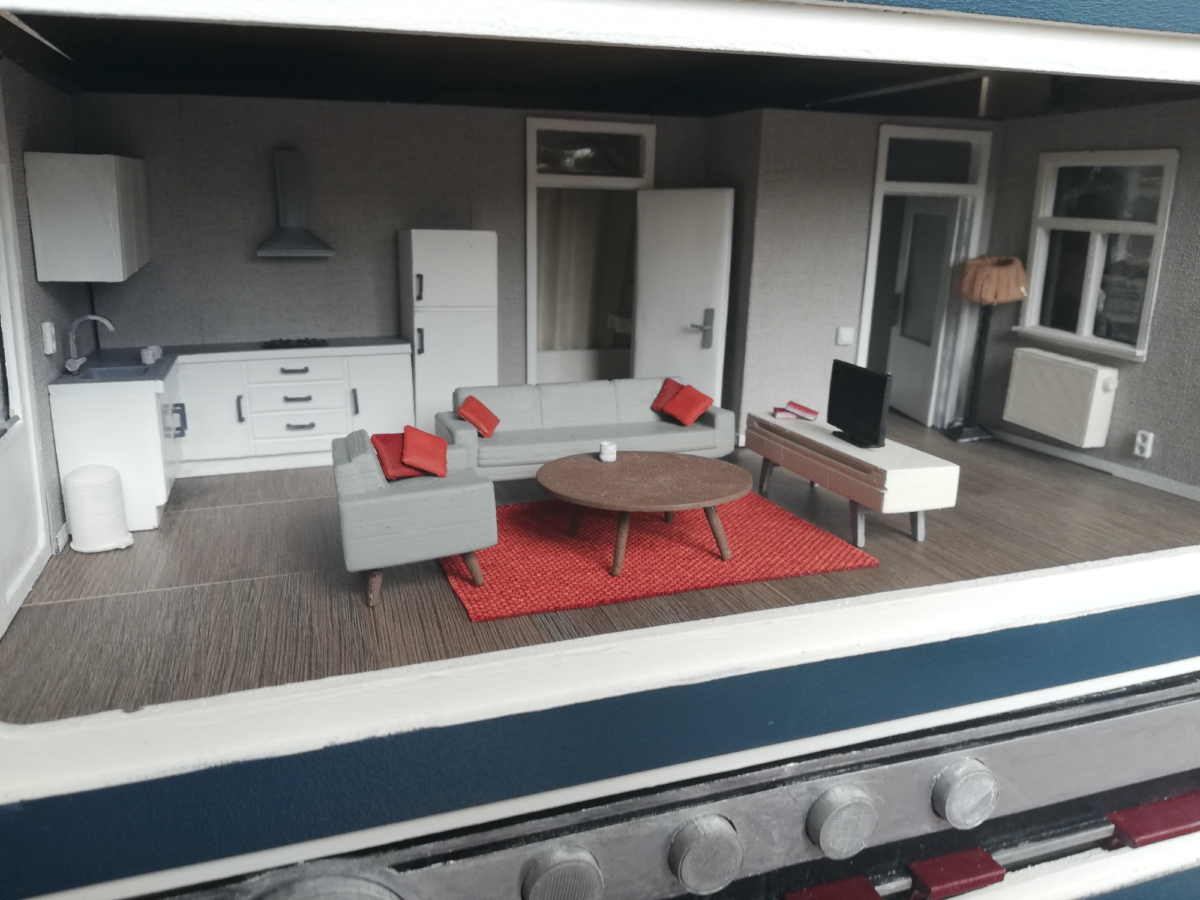This post is part of a series we wrote after wrapping up the IRIS project.
When the IRIS-box project started, we aimed at developing a mixed-reality box and intended to design both the physical and digital components in parallel. Then we hit the Coronavirus lockdown-measures. This meant a couple of things for our design process, as we couldn’t…
- …collaborate on the physical box in person
- …playtest a physical box with the target audience
- …show a prototype to our project partners.
We had to make a decision on how to continue the project. As it was unclear how the situation would develop, we chose to assume that the duration of the lockdown would be longer than the project itself. We therefore switched to a fully digital representation of the physical box. Still with the intent to move to a mixed-reality setup when possible and before the end of the project. In this way we could worry about the development of the physical components later, but would still be able to playtest with the target audience by sharing the digital version online. It also meant that we could show a fully digital prototype to the project partners, that would still give a pretty good approximation of the final product.
Moving to fully digital
During further development the digital version developed into a complete branche of the project, a digital twin of the physical object. Due to the success of the digital version and the prolonged lockdown measures, the digital version became a deliverable in its own right. It existed in the project alongside the physical version, instead of being just a digital derivative.
As mentioned, one of the biggest advantages of the fully digital version was that we could very easily share it with our target audience.
While building the fully digital version, we were able to quickly implement some designs that might not have come up in the physical development. Like the TV being on, switchable lighting inside the room and ambient lighting from outside falling into the apartment and emphasizing the day/night cycle. Some of these elements, like the TV being switched on, is definitely a bridge too far for the physical box. The fidelity of a fully 3D-rendered digital version can not be matched with the Pepper’s Ghost technology. We believe we squeezed out every bit of technological possibility we could.
Even when we went fully digital for our intermediate iterations, we still kept the physical box in mind. Ideally, the digital version should still reflect what the clients can expect from the physical experience. So keeping a close check with the actual physical box in mind is crucial. In the way we designed it, it should in theory not be a problem for players to switch from an online digital version to the physical mixed-reality box since all elements match 1:1.
Part 2: Design 1: digital impacting physical
Back to the IRIS page

